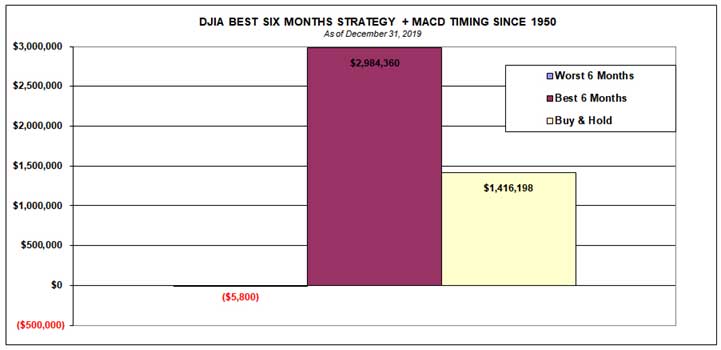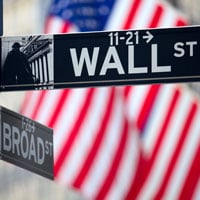The IPO market has gone berserk since the start of COVID (see our thoughts on a better way IPO here)…
But as impressive as it’s been, it’s starting to look like we’re about to head into a record-setting fall IPO season.
Roughly 90 to 110 initial public offerings are expected in the next four months putting 2021 on track for about 375 deals raising $125 billion.
If this happens? It means 2021 will be the biggest year ever for total capital raised AND the most deals since the 2000 internet bubble.
And even though we make no predictions on what’s going to happen to the stock market next…
It does bring us back to one a centuries old debate.
When is the best time to invest in stocks?
For those who enjoy a bit of investing trivia…
There’s an old English saying: “Sell in May and go away, and come on back on St. Leger’s Day.”
This phrase refers to a custom of aristocrats, merchants, and bankers who would leave the city of London – the historical financial center of the world – and escape to the country during the hot summer months.
And like any good group of noble folks, they celebrated the return to work with the last leg of the British Triple Crown – St. Leger’s Stakes – held in mid-September.
Here in America, we seem to have adopted a similar summer season of stocks as the Wall Street “masters of the universe” jet off to their Hampton getaways between Memorial Day and Labor Day.
And like some weird “Groundhogs Day” deja vu… investors, analysts, and academics argue over the merits of investing based on something that sounds more like a nursery rhyme than investing advice…
“Sell in May and go away.”
Why? Strangely enough – but perhaps not surprisingly – it likely has to do with someone trying to sell something.
Created by Yale Hirsch in 1967, the Stock Trader’s Almanac has become somewhat of a “must read” for traders.
For context, the Farmers’ Almanac was first published in 1818 and provided long-range weather predictions for both the U.S. and Canada.
The Stock Trader’s Almanac has a calendar-based orientation to help investors predict stock market trends.
The Almanac gave birth to terms like the “January Barometer” and the “Santa Claus Rally.”
It popularized the four-year Presidential Election Cycle.
And it was instrumental in popularizing “The Best Six Months Strategy” (commonly known as “Sell in May and Go Away”).
According to their website…
After decades of historical research, we discovered that most market gains occur during the months November through April.
Investing in the Dow Jones Industrial Average between November 1st and April 30th each year and then switching into fixed income for the other six months has produced reliable returns with reduced risk since 1950.
While it’s hard to argue with the decades of data that suggest this trend is true…
The idea of selling out of a stock market that seems to only go up – and taking the short term capital gains tax – to switch into the almost non-existent yield of fixed income seems rather strange.
And as a benefit of writing this column in September (not May), we have the extraordinary benefit of hindsight.
See this chart?
This is the price of the most commonly used ETF for “the market” – The SPDR S&P 500 ETF Trust (SPY).
Now, I’m not a math wizard, but that crosshair is on the first trading day of May where it opened up at ~$418…
And at the time of writing, Sept 7th, it’s trading at ~$451 (for roughly an 8% gain).
Which brings us to an interesting question about the folly of making stock market predictions…
Does past performance – even if it seems to persist over years and decades – have anything to do with future results?
Because if they do, it could mean we’re set up for an absolute monster of a rally going into the holiday season…
And it could be why we’ve got so many IPOs slated for this fall.
But on the flip side…
9.1 million Americans lost unemployment aid as federal programs end and it’s anyone’s guess as to what happens next with the pandemic.
The US Government has printed trillions of dollars in the past 18 months and real assets – like real estate, precious metals, and commodities – have been soaring on inflation fears.
And record amounts of money continue to flow into the private markets!
Which brings us to a more interesting question that looking into the past via the Stock Trader’s Almanac can’t answer for us…
Do you think the next 10 years are going to look different from the previous 10 years?
We certainly do.
And even though Regulation Crowdfunding is very new and has a limited track record to make any assumptions on…
We believe The JOBS Act has set the stage for one of the most profound transformations in capital markets that no one is talking about.
And even though many people find it scary to “lock-up” their money into private investments for years at a time…
It’s far more fun to work with entrepreneurs focused on building great long term companies than it is to face the tyranny of stock tickers and attempting to time the market.
And if you’re tired of constantly having to manage your portfolio and actively trade, you might decide that 2021 is the year you invest for the long term instead of the short term.
Sincerely,
Jake Hoffberg – Publisher
Equifund















